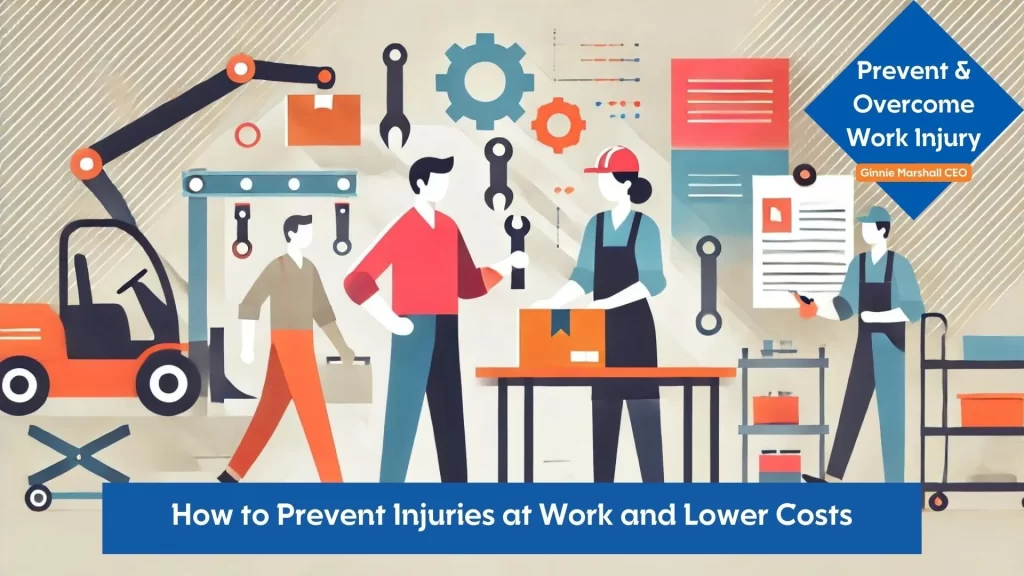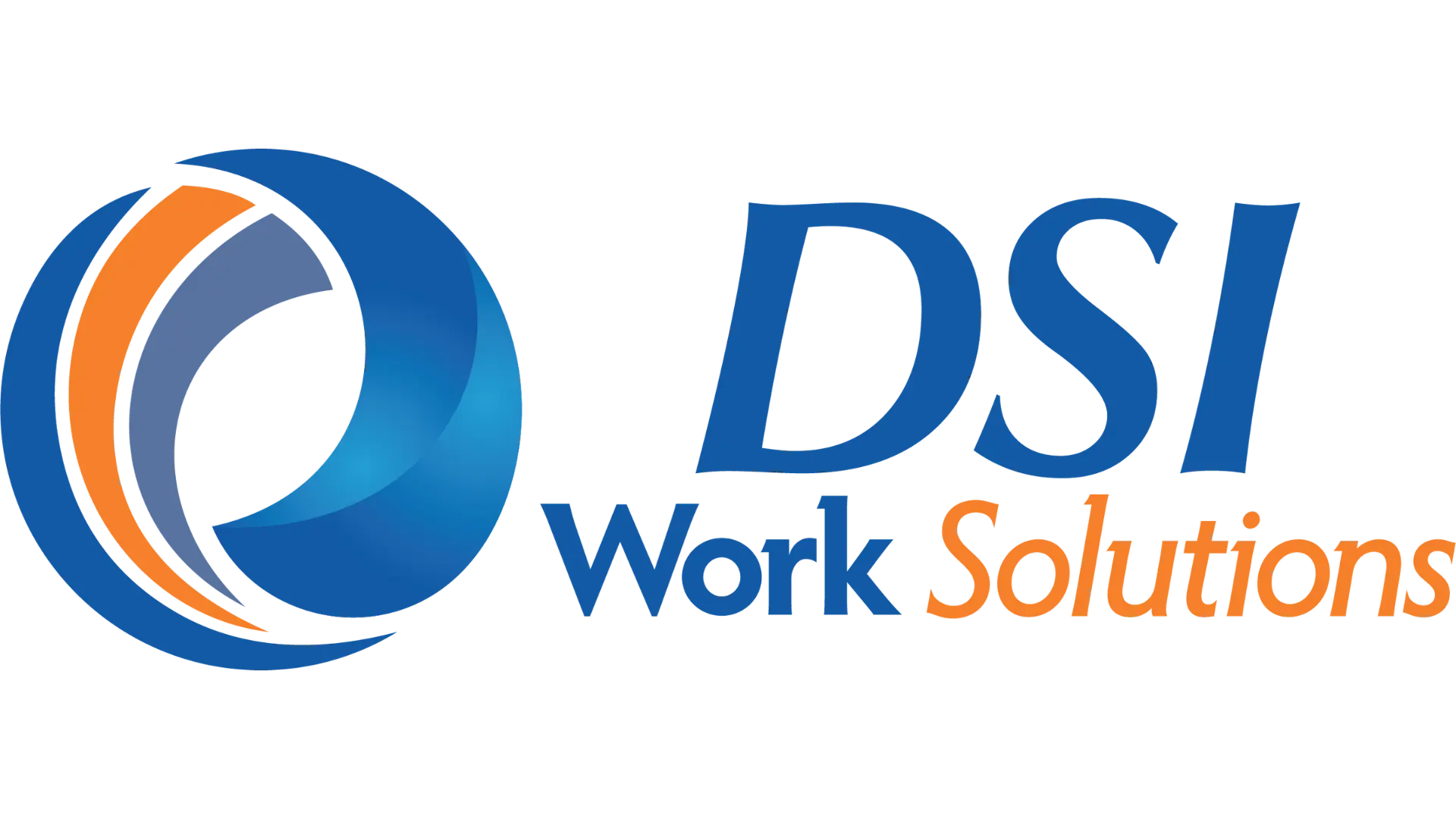Introduction
Job analysis stands as a cornerstone in managing workplace injuries and facilitating rehabilitation, beginning with the exploration of job duties and measuring the physical requirements they entail. This process is pivotal for devising effective return-to-work strategies that ensure employees can safely and efficiently resume their roles after an injury or illness. Our series culminates with this comprehensive discussion on job analysis, highlighting its integral role in occupational health, rehabilitation, and the benefits it delivers in streamlining the return-to-work journey.
The Role of Job Analysis in Return to Work Programs
Job analysis serves as a foundational tool in return-to-work programs by outlining the specific job functions and physical demands of a job. These detailed descriptions enable an objective match between an employee’s capabilities and the job requirements, ensuring a safe and effective return to work post-injury.
By providing a clear framework, job function descriptions assist in interpreting medical restrictions and aligning them with the job functions. This alignment is crucial for identifying suitable modifications or adjustments that support the employee’s rehabilitation process while maintaining an appropriate level of productivity.

Enhancing Communication Among Stakeholders
Job function descriptions serve as a vital communication bridge between healthcare providers, employers, and employees. They supply the necessary objective information about job requirements, facilitating informed discussions about return-to-work strategies and any accommodations necessary for an employee’s successful recovery and reintegration.
This objective data helps mitigate overly conservative restrictions by healthcare providers, who often lack specific insights into the job’s physical demands. By aligning medical recommendations with actual job functions, employees are more likely to be recommended to engage in meaningful work activities that support their rehabilitation without compromising safety or productivity.
Job Function Descriptions: A Tool for Healthcare Providers
Healthcare providers can leverage job function descriptions to make informed decisions regarding safe job functions and any necessary restrictions for returning employees. These descriptions offer a comprehensive view of the job’s physical demands, allowing providers to tailor their recommendations to fit specific workplace activities and conditions.
This method clearly supports the setting of clear return to work goals that are directly related to the job’s demands. It ensures that the recovery process focuses not only on the employee’s general health but is also aligned with their job roles, facilitating a smoother and more efficient return to work. It strongly supports rehab goals that align with return to work.
Case Study: The Grocery Stocker
The case of a grocery stocker highlights the practical impact of job analysis on rehabilitation strategies and return-to-work outcomes. For example, job analysis identifies push/pull strength as a critical physical demand, necessary for handling carts and dollies effectively and safely.
Incorporating push/pull strength exercises into the rehabilitation plan, as derived from the job analysis, directly addresses the specific requirements of the grocery stocker’s role. This targeted approach not only accelerates the recovery process but also ensures that the employee is adequately prepared for the physical demands of their job upon return, thereby reducing the risk of re-injury and enhancing overall workplace safety.

The Impact on Job Coaching and Employee Confidence
Job function descriptions play a crucial role in job coaching by addressing employees’ fears and boosting their confidence as they prepare to return to work. These descriptions offer a roadmap of what is expected, allowing for targeted coaching sessions that focus on rebuilding the employee’s skills and confidence in performing their job safely and effectively. Incorporating physical demands testing, based on the job analysis reporting, further reinforces this confidence by simulating work activities in a controlled environment. This testing ensures that employees are not only mentally prepared but also physically capable of meeting their job’s demands, thereby smoothing the transition back into the workplace and reducing anxiety about safe ability and risk of re-injury.

Conclusion
As we wrap up this series on job analysis, stay tuned for our upcoming series, which will delve into further aspects of workplace safety and productivity. For those seeking to deepen their knowledge and acquire practical skills in this area, we encourage you to explore our Job Function Matching System Independent Learning course. This resource is designed to equip you with the tools needed to apply these concepts effectively in your professional practice.












.webp)